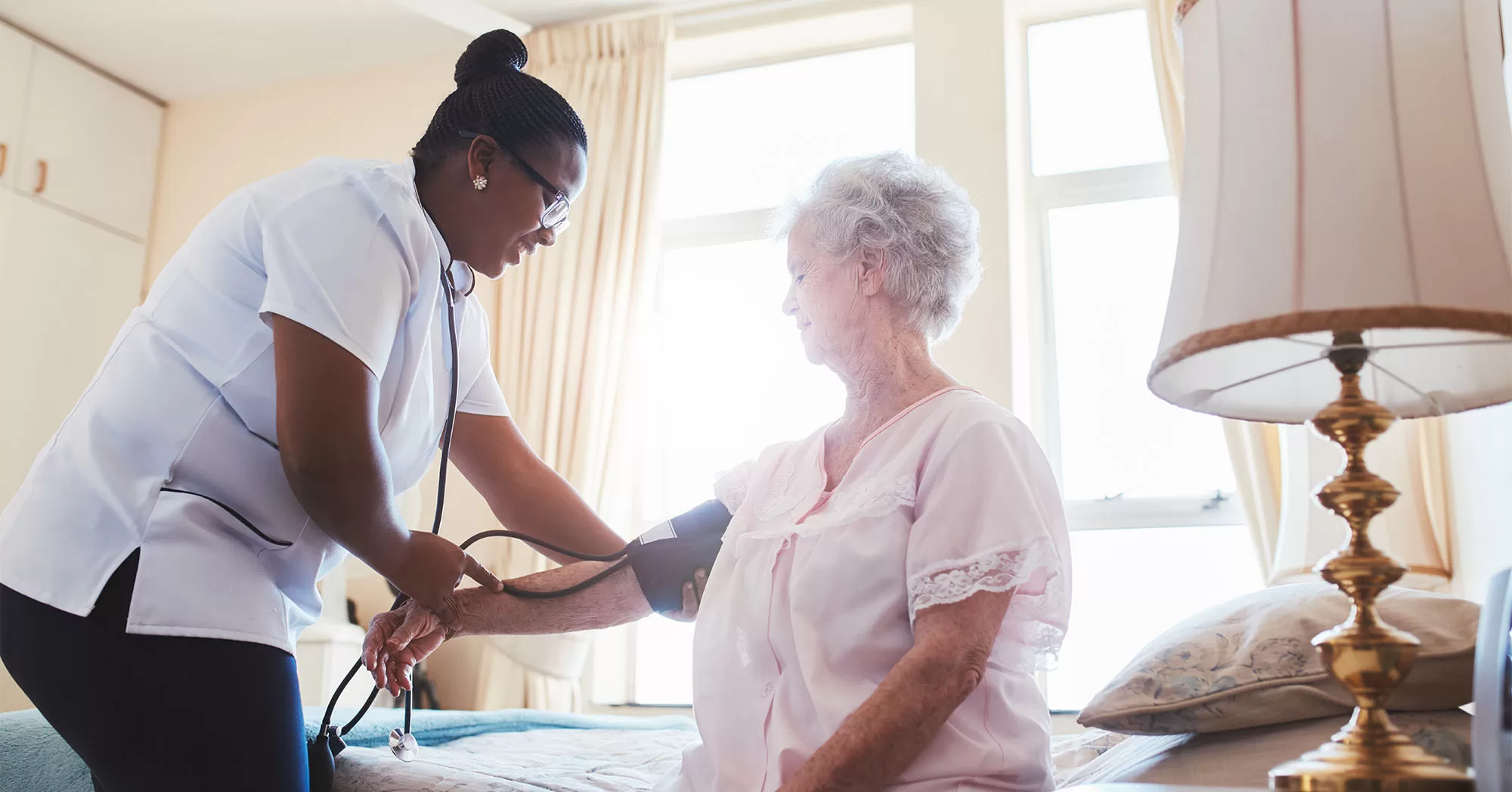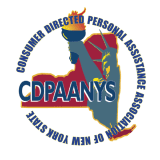Pushing millions of gallons of blood to every part of the body, the heart maintains a steady flow of oxygen, fuel, hormones, and other important compounds. In an average lifetime, the heart beats about 2.5 billion times, whisking away the waste products of our metabolism. Given the heart’s never-ending workload, it’s a wonder it performs so well, for so long, for so many people. Your heart health is central to overall good health. It’s responsible for pumping nutrient-rich blood throughout your body, while removing toxins and waste.
Good overall heart health can help protect you from type 2 diabetes, asthma, joint pain, other chronic diseases and conditions, and reduce your risk for cancer. But hearts can also get sick, made vulnerable by a poor diet and lack of exercise, smoking, infection, genetic predispositions, and more, causing essential functions to fail, some almost instantly.
While some factors that impact heart health are beyond a person’s control, such as age and ethnicity, there are several lifestyle choices that are the root causes of known heart risks. As heart conditions are likely to arise with increased age, we’re calling attention to the importance of heart health. Read on to learn about different types of heart disease, their warning signs, and about what to do in the event of a heart attack.
Cardiovascular Disease (CVD):
Cardiovascular disease (CVD) is a general term that describes a disease of the heart or blood vessels. Blood flow to the heart, brain, or body can be reduced because of a blood clot (thrombosis), or a build-up of fatty deposits inside an artery, leading to the artery hardening and becoming narrow (atherosclerosis). The types of CVD include:
- Coronary heart disease (CHD): occurs when your heart muscle’s blood supply is blocked or interrupted by a build-up of fatty substances (atheroma) in the coronary arteries. The coronary arteries are the major blood vessels that supply your heart with blood. If your coronary arteries become narrow due to a build-up of atheroma, the blood supply to your heart will be restricted. This can cause chest pains (angina). If a coronary artery becomes completely blocked, it can cause a heart attack. This is a medical emergency.
- Stroke: a serious medical condition that occurs when the blood flow to the brain is restricted or stopped, leading to brain damage and possibly death. The main stroke symptoms can be remembered with the word FAST which stands for:
- Face: the face may have drooped on one side, the person may not be able to smile or their mouth or eye may have drooped.
- Arms: the person with suspected stroke may not be able to lift their arm and keep it raised due to weakness or numbness.
- Speech: the person’s speech may be slurred or garbled, or they may not be able to talk at all despite appearing to be awake.
- Time: Getting to the hospital quickly is vital to the prognosis and outcomes for the person experiencing a stroke. It is important to dial 911 immediately if you see any of these signs or symptoms.
- Peripheral arterial disease: also known as peripheral vascular disease, occurs when there is a blockage in the arteries to your limbs (usually your legs).The most common symptom of peripheral arterial disease is pain in your legs when walking. This is usually in one or both of your thighs, hips or calves.
The pain can feel like cramp, a dull pain or a sensation of heaviness in the muscles of your legs. It usually comes and goes and gets worse during exercise that uses your legs, such as walking or climbing stairs.
- Aortic disease: The aorta is the largest blood vessel in the body. It carries blood from your heart to the rest of your body. The most common type of aortic disease is aortic aneurysm, which is where the wall of the aorta becomes weakened and bulges outwards. You will usually experience pain in your chest, back or abdomen (tummy).
Heart attacks: What to do
A heart attack, also called a myocardial infarction (MI), happens when part of the heart doesn’t get enough blood. The more time that passes without treatment to restore blood flow, the greater the damage to the heart muscle. Coronary artery disease (CAD) is the main cause of heart attack. CAD is damage of disease in the heart’s major blood vessels. A less common cause is a severe spasm, or sudden contraction, of a coronary artery that can stop blood flow to the heart muscle. The major symptoms of a heart attack are:
- Chest pain or discomfort. Most heart attacks involve discomfort in the center or left side of the chest that lasts for more than a few minutes or that goes away and comes back. The discomfort can feel like uncomfortable pressure, squeezing, fullness, or pain.
- Feeling weak, light-headed, or faint. You may also break out into a cold sweat.
- Pain or discomfort in the jaw, neck, back, or one or both arms or shoulders.
- Shortness of breath. This often comes along with chest discomfort, but shortness of breath also can happen before chest discomfort.
If you see someone exhibiting the signs of a heart attack:
- Call 911 or your local emergency number. Don’t ignore the symptoms of a heart attack. If you can’t get an ambulance or emergency vehicle to come to you, have a neighbor or a friend drive you to the nearest hospital. Drive yourself only if you have no other option. Because your condition can worsen, driving yourself puts you and others at risk.
- Chew and swallow an aspirin while waiting for emergency help. Aspirin helps keep your blood from clotting. When taken during a heart attack, it could reduce heart damage. Don’t take aspirin if you are allergic to it or have been told by your healthcare provider never to take aspirin.
- Take nitroglycerin, if prescribed. If you think you’re having a heart attack and your health care provider has previously prescribed nitroglycerin for you, take it as directed while waiting for emergency medical help.
- Begin CPR if the person is unconscious. If the person isn’t breathing or you don’t find a pulse, begin CPR to keep blood flowing after you call for emergency medical help. Push hard and fast on the center of the person’s chest in a fairly rapid rhythm — about 100 to 120 compressions a minute (Push to the beat of the songs “Stayin’ Alive” or “Dancing Queen”).
- If an automated external defibrillator (AED) is immediately available and the person is unconscious, follow the device instructions for using it.
The heart of the matter:
Most deaths caused by cardiovascular disease are premature and could have been prevented through behavioral change, such as eating a healthy diet rich in vegetables, fruits, whole grains, nuts, fish, legumes, and stopping smoking. It is estimated that CVD is responsible for around 1 in 3 premature deaths in men and 1 in 5 premature deaths in women.
If you or someone you care for suffers from a CVD, CHD, CAD, or any other heart related medical issues, familiarizing yourself with the signs, symptoms, and emergency protocol could help save their lives, and even your own. For more information on how to protect you and your loved ones against heart disease, or how to better tend to a loved one under your care experiencing heart-related issues, contact True Care today.
DISCLAIMER: THIS BLOG DOES NOT PROVIDE MEDICAL ADVICE
The information in this blog is for informational purposes only and is not intended to be a substitute for professional medical advice, diagnosis, or treatment. Always seek the advice of your physician or other qualified healthcare provider with any questions you may have regarding a medical condition or treatment and before undertaking a new health care regimen.









